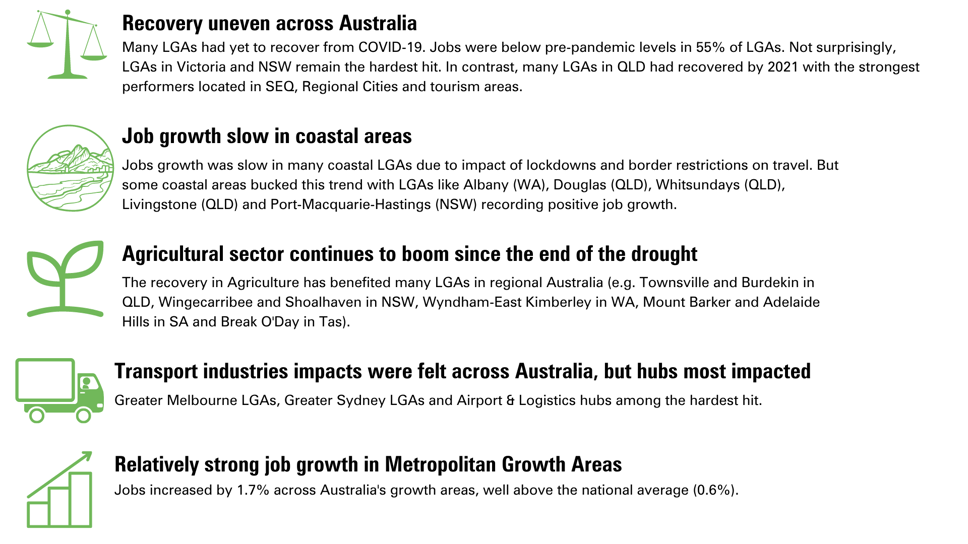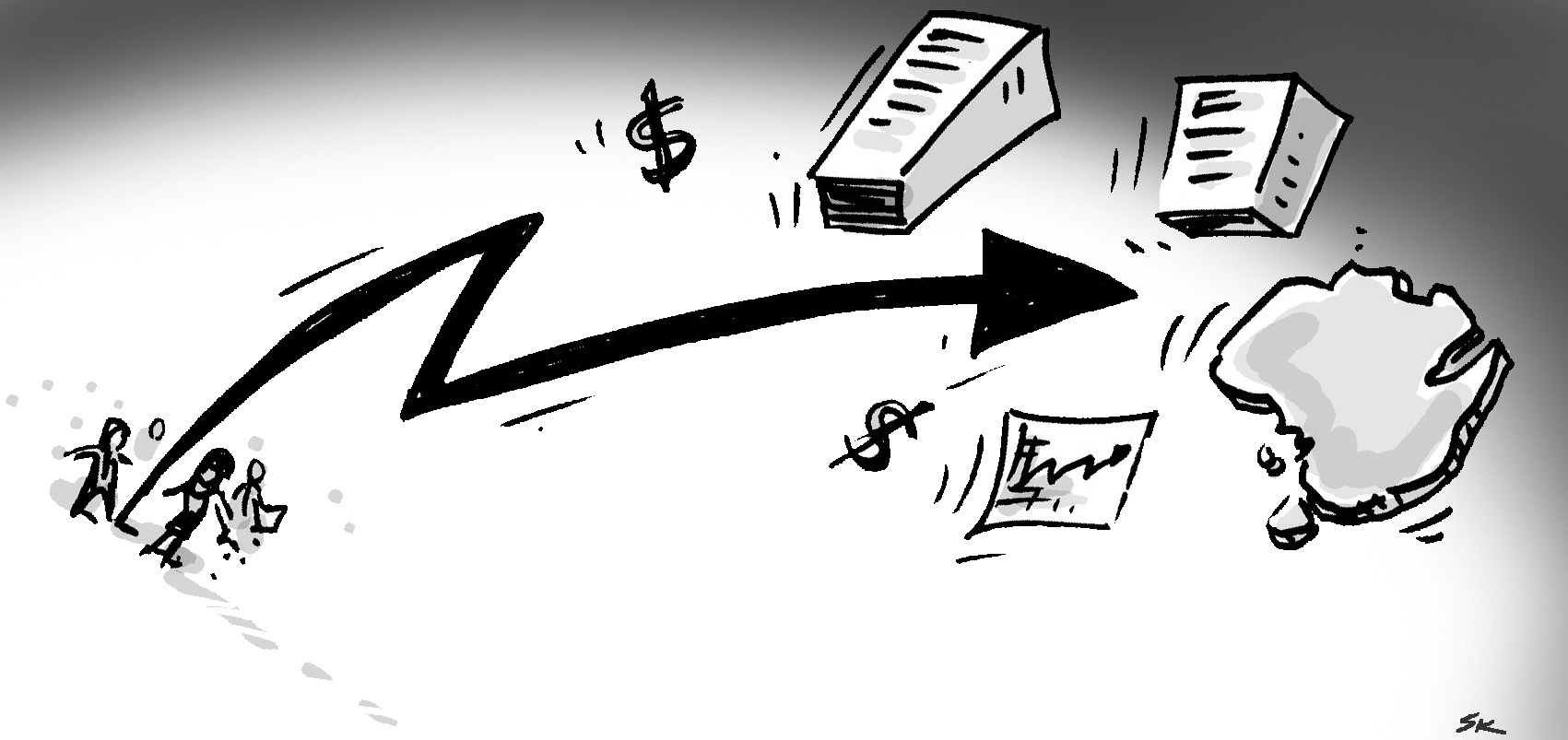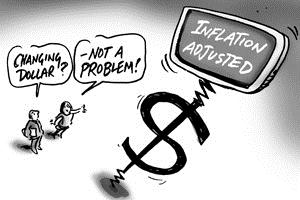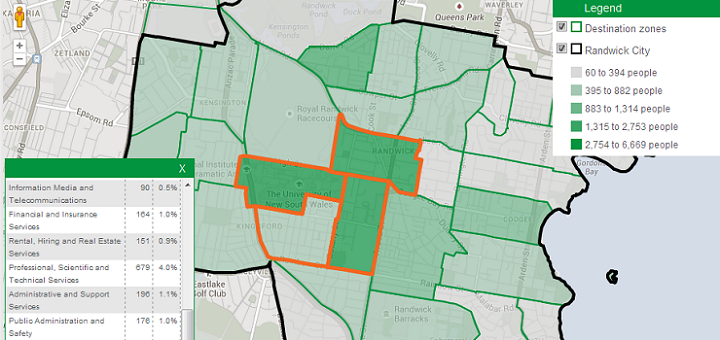During February, .id (informed decisions) released the State of the Regions Dataset for 2021. This national dataset, released annually, provides economic and employment data for EVERY Local Government Authority (LGA) in Australia. With the economic disruption over the last few years this dataset will be one of .id’s most significant releases, as local economies work towards recovery.
In this blog, Rob explores:
Highlights from the 2021 State of the Regions Dataset
We received the State of the Regions Dataset from National Economics (NIEIR) earlier this month. It’s a BIG dataset, with plenty of stories to tell. In this short video I share the five key findings that have emerged from our analysis so far.

Want to see how your region’s economy performed in 2021? Click here to find out.
About the NIEIR State of the Regions Economic Dataset
What is the State of the Regions Economic Dataset?
Since 1998 National Economics (NIEIR) has prepared an annual State of the Regions report for the Australian Local Government Association (ALGA) with the primary purpose of updating local councils on regional economic trends. In conjunction with the report NIEIR also produces a series of economic indicators which include comprehensive data series at the Local Government Area (LGA) level. We refer to this at the State of the Regions Economic Indicators.
The State of the Regions Economic Indicators is the country’s only economic and employment dataset that provides quarterly and annual economic and employment information at the LGA level. This means the impact of COVID-19 and other local economic changes can be clearly seen on each industry sector at the local level.
Why prepare economic data for Local Government Areas?
Reliable primary economic data sets exist only at the national, state and regional level at best. The only way to get a realistic measure of GRP, number of jobs and other economic indicators at the local area level is to undertake economic modelling. The most significant challenge with local area economic modelling is to ensure that the process reflects the unique economic characteristics of the local area, while still being consistent with State and National Accounts. A common mistake is to apply national and state-level propensities at the local level, which are no accurate as industries perform differently in different places.
This is why we have partnered with NIEIR, Australia’s industry leaders in the development and provision of robust economic modelling at the smallest credible geographic unit. Their approach builds the economic story from the ground up and is dedicated to producing quality information for local government and regional decision makers.
What’s included in the State of the Regions Economic Indicators?
The annual update of the State of the Regions Dataset includes:

What decisions does it help local government make?
The State of the Regions Dataset is intended for use in local economic development planning and project assessment and is collated from a wide variety of sources. Every year, 100s of councils across Australia use our location specific economic data to inform policy decisions, attract investment and secure grant money for essential community infrastructure.
The type of questions you can answer with these data are:
- How is the economy performing?
- How is the economy recovering from COVID-19?
- How does recent performance compare to relevant benchmarks?
- What is driving recent growth?
- Which industries are driving recent growth?
- Which industries are competitive and how is this changing?
Answers to these questions can be used to develop policy, seek grant funding, to support appropriate sectors of the local economy, attract investment and boost local jobs, minimising commuting time and growing the local economic base.
What are the benefits of using NIEIR’s State of the Region Dataset?
We established that this modelling was superior to any other models we evaluated for the following reasons:

How to get access to the 2021 State of the Regions Dataset?
The State of the Regions Dataset is available for every LGA in Australia. There are several ways to get access to the latest update.
They are:
1) economy.id (online economic profile)
The information is available at the LGA and/or regional level through .id’s online economic platform, economy.id. See the latest 2021 State of the Regions Dataset in .id’s economic profiles.
2) State of Your Region Assessment (consulting report)
This is a value-added for clients that puts the State of the Regions Dataset in the hands of our economic experts. Our economic experts are engaged by councils and organisations across Australia to provide in-depth insights behind the data. Our experts draw on their knowledge of urban and regional economic development and years of experience working with decision makers across Australia. This information is used by councils to develop evidence based economic development strategies, investment attraction plans and support grant applications. Click here for more details.
3) State of the Regions Economic Indicators 2021 (Free)
Free economic comparisons of local government areas. The State of the Regions Economic Indicators is a set of headline economic measures for every Local Government Area (LGA) in Australia. The indicators provide a snapshot of each local economy at a point in time, showing how it contributes to the broader State economy and how it is performing in relation to other areas. Click here to get access to the State of the Regions Economic Indicators.
4) Contact us
To subscribe or arrange a demonstration at your council, please email economy@id.com.au.












